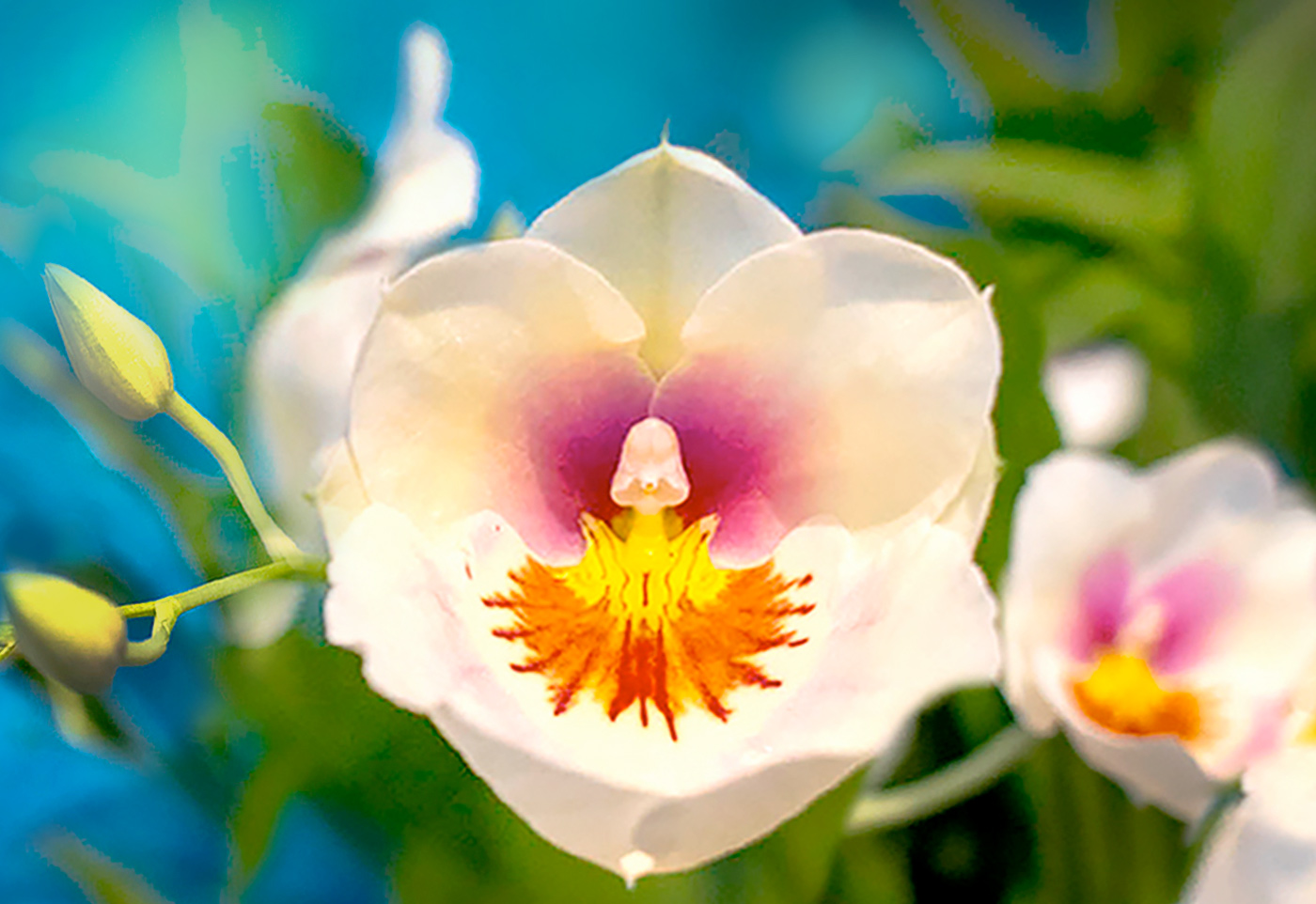
42.14704514, -87.79125977
42.14704895, -87.7912674
42.14705276, -87.7912674
42.14705658, -87.79125977
42.14709854, -87.79130554
42.14710236, -87.79130554
42.14710236, -87.79129028
42.14712524, -87.79118347
42.14741898, -87.7875824
42.14741898, -87.78756714
42.14744568, -87.78760529
42.14745331, -87.78759003
42.14745712, -87.78760529
Three-lobed Spirea
Each spring, the arching branches of three-lobed spirea (Spiraea trilobata) are adorned by 1½-inch clusters of white flowers. The larvae of some species of butterflies and moths feed upon the leaves. The native range of this species extends from northern Siberia west to Turkistan and south to northern China.
The genus Spiraea consists of small- to medium-sized flowering shrubs with a fine-textured, twiggy mounding habit. The small, simple leaves are generally lance-shaped and held close to the branch. Spring to early summer abundant blooms tend to be in white or pink tones, depending on the species and/or cultivar. While individual flowers are quite small, they occur in clusters of inflorescence that can be very showy.
Spireas are best used in groupings in a shrub or mixed border, where they are valued as tough, reliable and easy-care performers in northern climates. The Chicago Botanic Garden's collection includes nearly 100 varieties and 3,000 plants.







